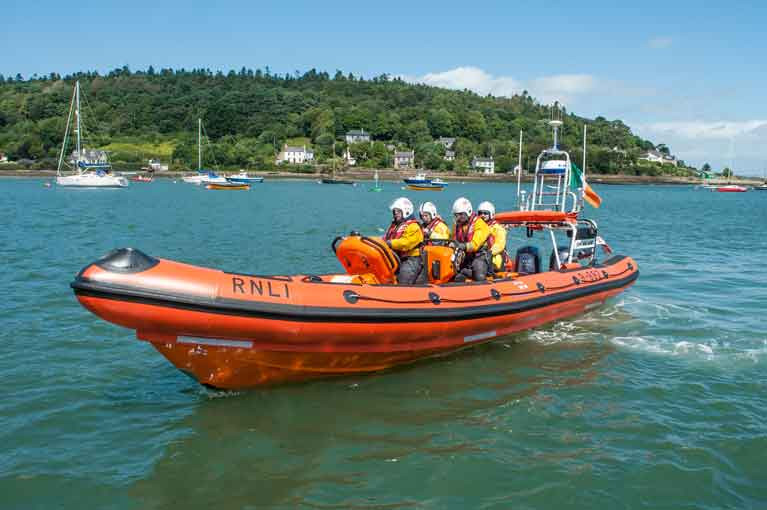A diver has died in hospital after taking ill during a dive to fix a mooring at a popular yacht anchorage area in Cork Harbour this afternoon.
The Polish national, understood to be in his late 40s, was diving to fix a mooring at Drake’s Pool on the Owenabue Estuary, upstream of Crosshaven.
According to news reports including the Irish Times here, it’s understood that the diver was down around eight metres when he took ill and a rescue diver on standby went down and helped bring him to the surface.
The man had lost consciousness and the emergency services were alerted including HSE paramedics who were quickly on the scene.
Crosshaven RNLI assisted while the Irish Coastguard Rescue 117 helicopter from Waterford was initially tasked to assist but was stood down soon afterwards.
The man was rushed by ambulance to Cork University Hospital where he underwent emergency treatment but he failed to regain consciousness.
The man, whom it’s understood was an experienced diver, was pronounced dead at the hospital and post-mortem will take place there today.
Gardaí say they are treating the death as a tragic accident and a file will be prepared on man’s death for an inquest at the South Cork Coroner’s Court.
RNLI Crosshaven adds:
The crew were paged at 4.08 pm to the diver in a position upriver from the lifeboat station.
Whilst preparing to launch the lifeboat, the vessel with the diver on board arrived at the lifeboat station. Our crew, consisting of paramedic Peter Lane and Aidan O’Connor Immediately began emergency care and continued until Rapid Response and a critical care doctor arrived and took over the care of the casualty. Crosshaven Coast Guard personnel also assisted with casualty care.
Other RNLI crew assisting were Ian Venner, Vince Fleming, Suzanne Deane, Georgia Keating, Molly Murphy and Claire Morgan.
Sadly, It has been reported that the male casualty was pronounced deceased at the hospital. Our thoughts are with the man’s family. RIP































































